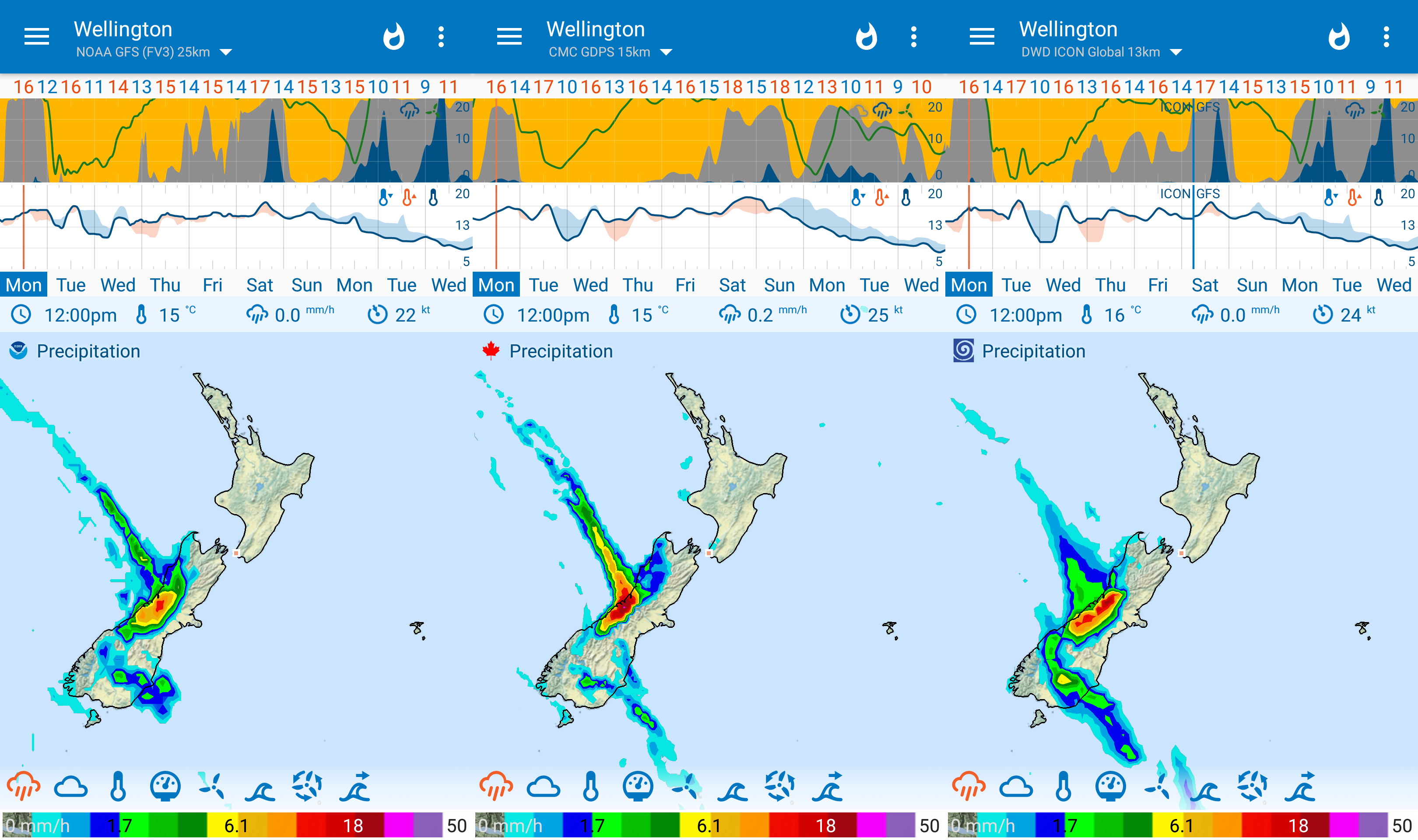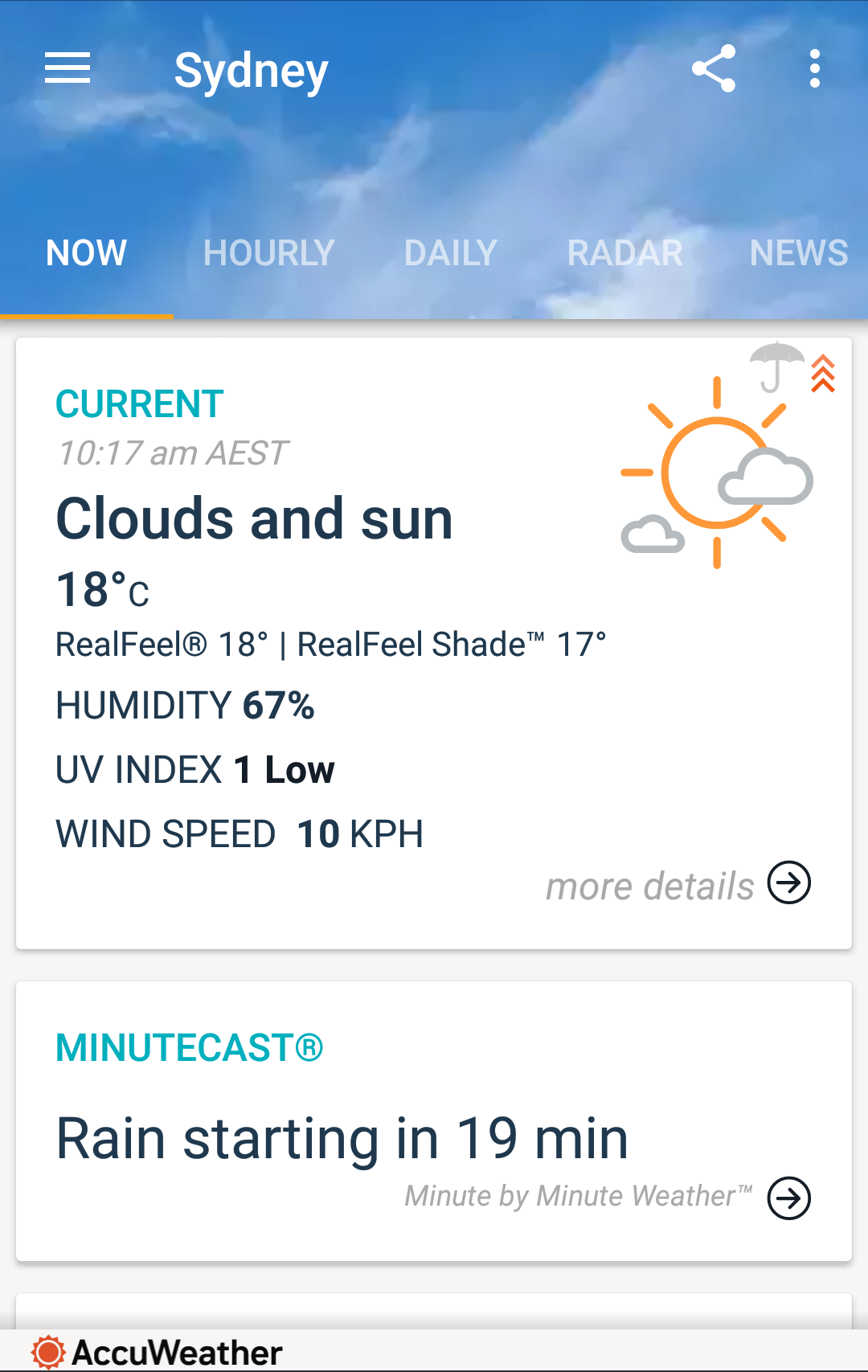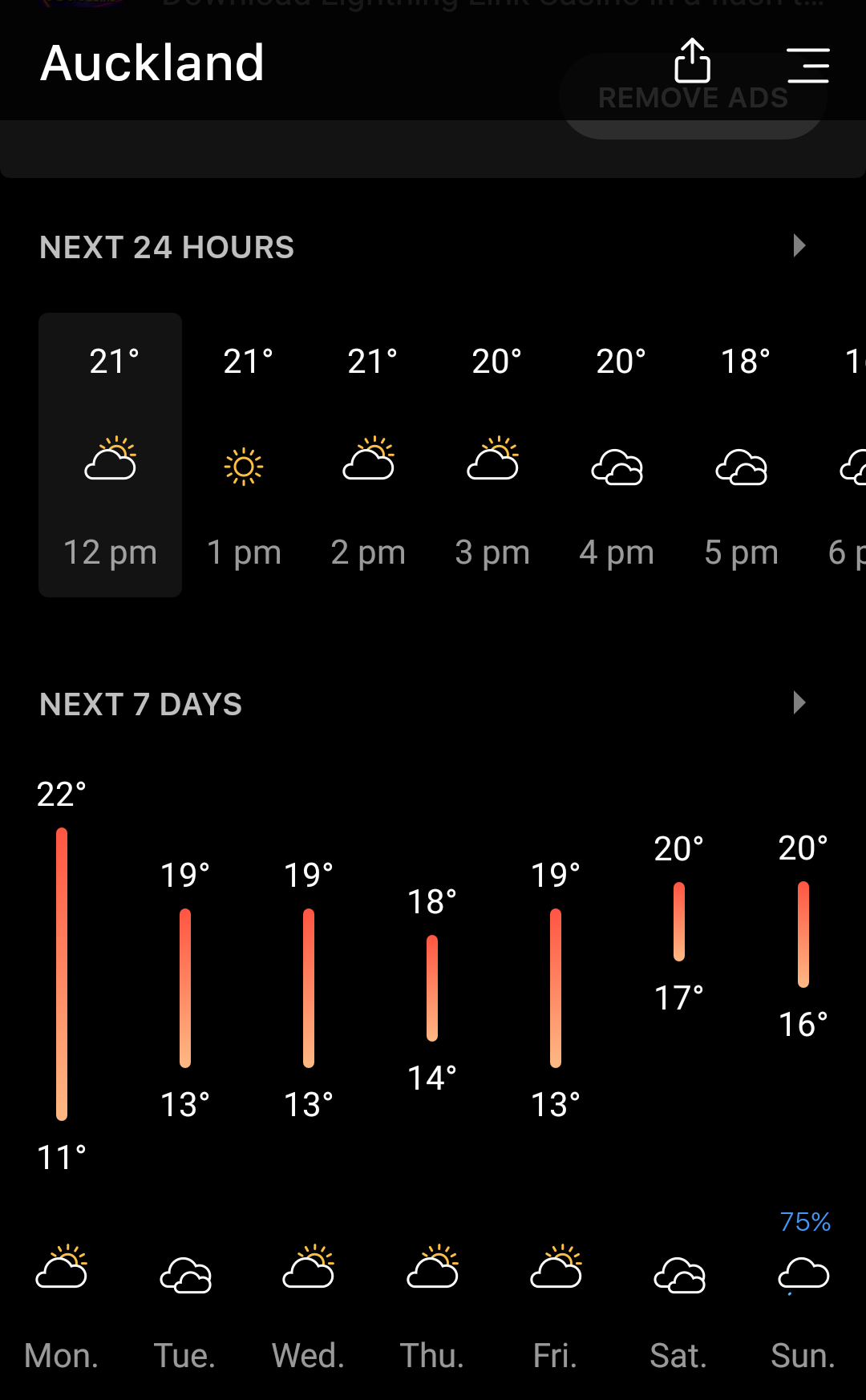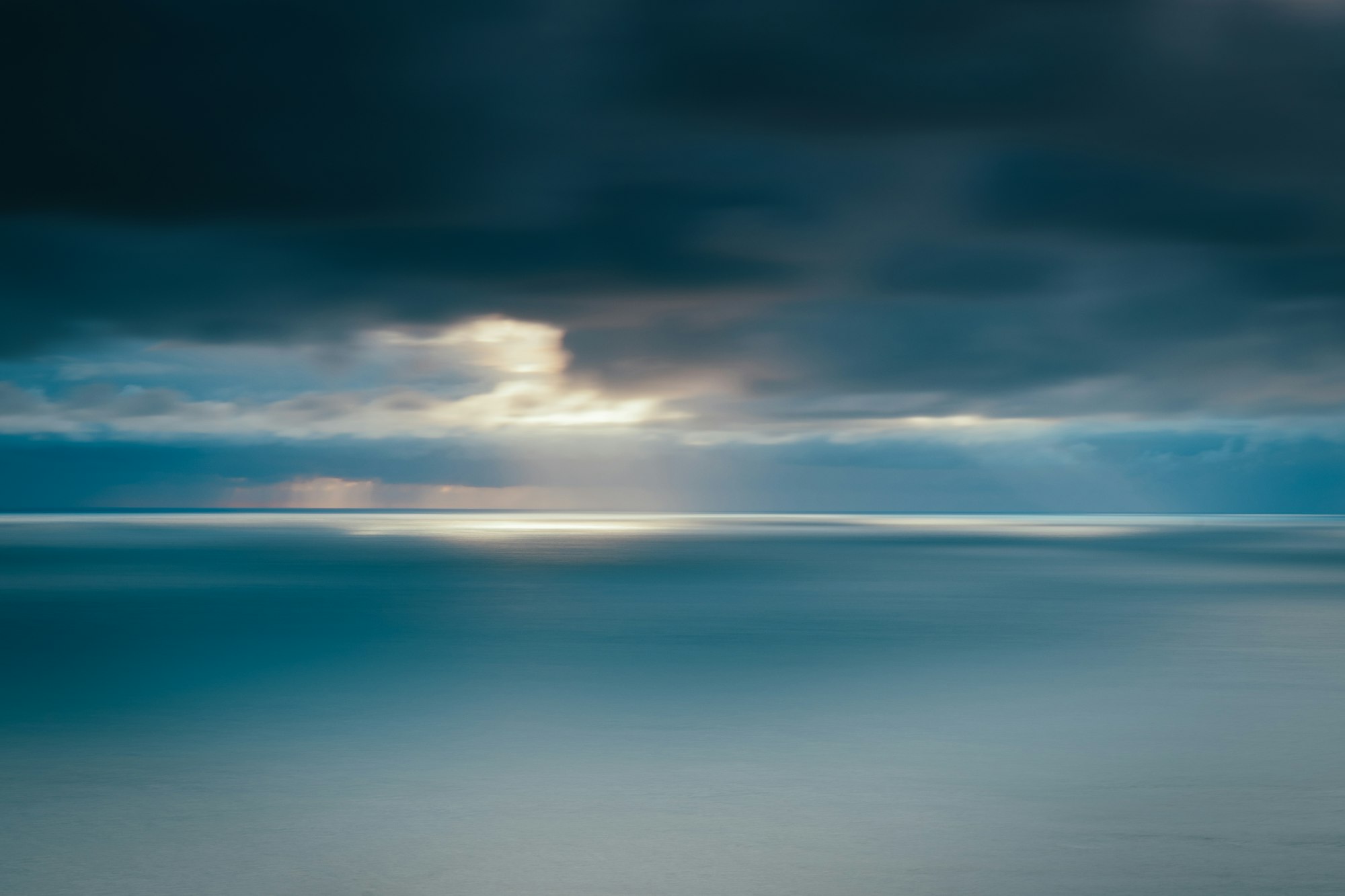When Apple acquired the Dark Sky weather app and dropped Android support, Flowx got many, as one user described, "refugees". Most were pleased with Flowx as an alternative but I got a few emails asking about features in Dark Sky that were missing in Flowx. So here I would like to talk about the differences between the Flowx and Dark Sky, and what the future holds.
First, a Welcome...
... to all our new friends. I have been working on Flowx for 8 years. I am proud of where it's at and still excited at the future - I have many cool things planned.
The Differences
Flowx is not Dark Sky. Flowx has a very different design philosophy and, as such, it won't be the same as Dark Sky. There will be differences.
Many vs One
The state of the art for weather forecasting is weather models (computer simulations). There are many weather models run by many countries and organisations around the world. For example, GFS, GDPS, ECMWF, NAM, HRRR, ... and so on. Most weather services, like AccuWeather, Wunderground, Dark Sky, do a great job summarising the results of these MANY weather models in to ONE forecast for each town or city, e.g. New York or Paris. They typically use statistical techniques called Model-Output-Statistics (MOS) to do this. The problem with this is that you loose the big picture view. This is why I suggest using a typical weather app along side Flowx.

So here is the difference:
- Flowx shows the raw data from many weather models in a way that is easy to consume. This allows users to review the big picture from many weather models to give a better understanding of what the weather is doing. This is important for areas like sailing, aviation, farming, extreme sports, adventure biking, photography, storm chasing, BBQ planning, and many more.
- Dark Sky simplifies these weather model results into one forecast - this tells you want the weather will be with no context or understanding of why.
Both forms of forecasts are valid - it just depends on your needs.
I like to use the analogy of a sports game. If you want to know the score of a game, you'll just read it on the news. This tells you the result and nothing about what happened in the game. If you want to understand the game, you'd watch the game.
Near-Term vs Medium-Term
Dark Sky tends to focus on current conditions and near-term hyper-local forecasts. Dark Sky does have the medium-term forecast in the way of a table of weather conditions and the GFS weather data on a map. But the strength of Dark Sky is it's projection of radar data in to the near-term and predicting precipitation over the next hour.
Flowx tends to focus on the medium-term big picture forecast. That said, there are some high-resolution regional weather simulations like DWD Cosmo-D2, Meteo-France Arome and NOAA HRRR. HRRR covers the USA, has a 3 km spatial resolution and 15 minute time resolution. HRRR also predicts the radar reflectivity similar to what you see in Dark Sky.

No Scrolling Tables of Icons and Words
Flowx does not show tables of icons or words. This has a low informational density, is slow to consume and such a waste of space. Essentially, all this information is shown in the top 25% of the Flowx screen in the form of graphs. At a glance, you can see when it'll be sunny, cloudy, rainy, windy, warm or cold.
Many users comment that all this data is in one screen. As such, this has become a feature of Flowx and we're likely to keep it that way.

The Future is Here
Many Dark Sky users have already emailed me asking for missing features. Since the 1st of April, I have added:
- Spectrums so you can get similar colors to what is shown in Dark Sky.
- higher resolution time stepping so you get 15 minute time steps for the HRRR model.

The Future is Nigh-ish
Sunrise and Sunset Times
This has been the next most common request from Dark Sky users and has been on my spuer-long-to-do-list for years. I plan to add this next.
Themes and Styles
Many users have asked for different colors or thicker lines, etc... which is understandable, but I refrain from changing styles because users hate change. I once change the shade of yellow on the graph and got hate mail. I once changed the name of the app from "WeatherBomb" to "Flowx" and got an email saying: "WTF? ... Congratulations on ruining what was the best weather app I had ever seen"
Anyway, I rarely change styles since it's a personal preference. Instead, I plan to add a theme editor so you can change styles to your hearts content.
Notifications
Notifications is a tough one. These are generally made by meteorologists and I am not a meteorologist so I don't do them. There are services and sources that provide notifications but it is quite a job collating these notifications from around the world into one place. Also these notifications may not match the different weather models causing confusion and stern "please explain" emails and reviews from users.
Instead, I plan to implement a notification editor where a user can dial in their own notifications. For example, if there is precipitation over 1mm/hour in HRRR or NAM models over the next 24 hours pop up a notification.
In Summary...
I believe Flowx is a great replacement for Dark Sky, especially if used along side a typical weather app like Overdrop or Today Weather. Also, Flowx is in active development and will keep improving to bring more value.
Finally, we have a Forum where you can ask questions and make suggestions for future developments - do join in.
